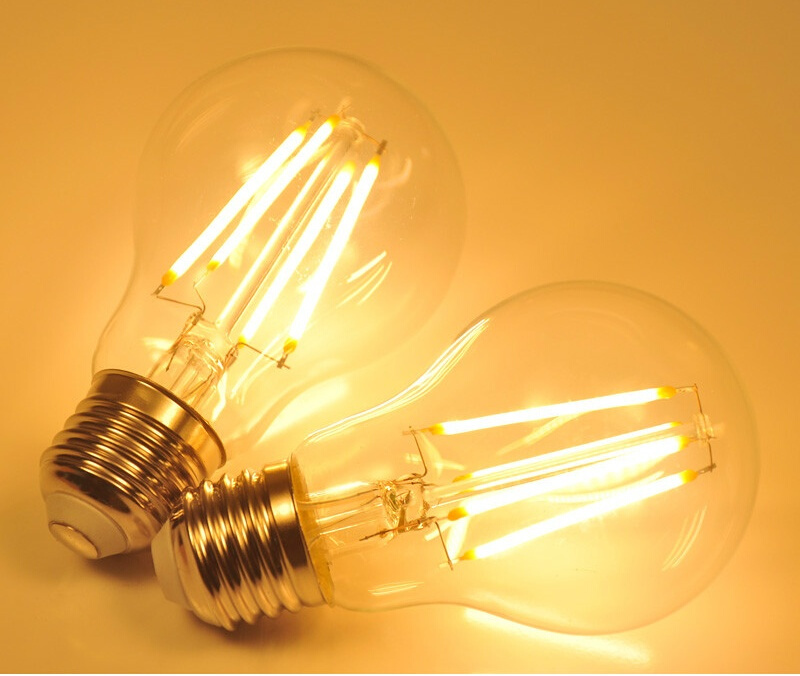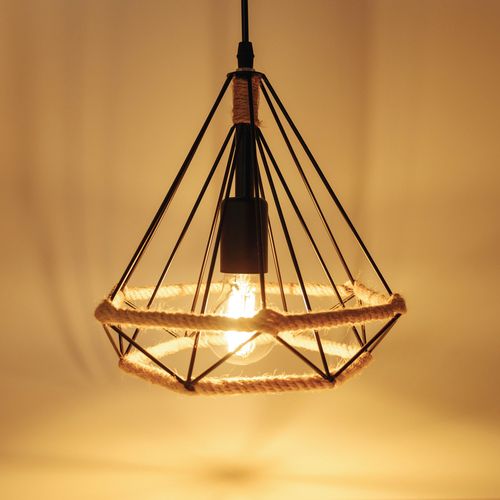If you want to lower your monthly household bills, it's worth considering your home lighting plan. Replacing regular light bulbs with longer-lasting, lower-energy LEDs is a highly effective way to reduce electricity usage. Fortunately, more and more manufacturers are entering the LED light market, increasing consumer awareness of the technology and its benefits. Here are some additional advantages of LEDs that may surprise you.
LED Lighting Core Advantages
LEDs last far longer than CFLs, lasting more than twice as long, significantly reducing replacement frequency.
LEDs light instantly, eliminating the need for some fixtures to wait for a light to start up.
Many LED bulbs are dimmable, allowing for flexible adjustments to your lighting needs.
LEDs are an excellent choice for areas where regular bulb replacement isn't convenient, such as high-rise fixtures.
They don't contain toxic mercury, making them safer to use and less environmentally friendly when discarded.
Key Tips for Choosing LED Lights
Not all LED bulbs are created equal. Because the bulb must be compatible with the fixture, you need to choose a model that exactly matches the shape, size, and base specifications of the replacement bulb. Light color and intensity are also crucial, as they directly impact the lighting effect.
1. Bulb Shape
LED bulbs come in four basic styles: A-line, candle, spot, and flood. There are also some less common, specialized shapes. Given the directional nature of LED lighting, bulb shape significantly impacts the illumination range. If you need an LED bulb to illuminate a large area, choose a model designed specifically for this purpose.

2. Basic Configuration
The "basic configuration" here refers to the connector shape and overall specifications of the bulb when it's installed in the fixture. If you're unsure about which configuration to choose, the safest approach is to take your old bulb to a physical store for reference. If purchasing online, you can use the dimensions and photos provided on the store's website to confirm compatibility.
3. Bulb Color
When choosing a bulb color, two key factors should be considered: color rendering, which refers to how accurately the light reproduces the true color of an object; and color temperature. Generally speaking, higher color temperature values produce brighter white light. Choose between warm and cool white light sources depending on the application scenario.

4. Light Intensity
Light intensity is measured in lumens. If you plan to replace CFL or incandescent bulbs with LED bulbs, it's recommended to choose bulbs with the same lumen rating as the old bulbs to ensure consistent lighting. Avoid using watts as a metric for brightness—watts actually measure power consumption, and the relationship between wattage and brightness varies greatly between different bulb technologies. Furthermore, if the bulb is installed in a fixture with a shade, the shade's material and style can significantly affect the final light intensity.

Practical Tips for Using LED Bulbs
LED bulbs present some concerns for homeowners, such as the potential for harshness, a lack of softness, and a relatively high initial cost. However, by mastering the following tips, you can fully reap the benefits of LED lighting without breaking the bank.
Prioritize installing LED bulbs in hard-to-reach fixtures. The long lifespan of LED bulbs makes them ideal for installation in locations where bulb replacement is difficult, such as high ceiling pendants and recessed fixtures. Once installed, they provide long-term use.
Use LED lighting in high-traffic areas. Installing LED lighting in frequently used spaces like living rooms and kitchens can significantly reduce energy consumption, significantly reducing your utility bill over time.
Improve your workspace with LEDs. LEDs offer pure, bright light, making them ideal for task lighting. Installing LED lights in kitchen work areas or on office desks provides clear illumination, reducing eye strain from prolonged use.
Equip your outdoor floodlights with LED bulbs. Compared to typical large halogen bulbs, LED bulbs use less energy, allowing you to keep them on all night without worrying about high electricity bills. They also last longer and require less frequent replacement.
Use LED lighting to highlight artwork and architectural features. Currently, there are extremely small LED lights on the market that are difficult to detect after installation. The pure light they emit can make the details of artworks and architectural features appear in a more natural state, enhancing the beauty of the space.

